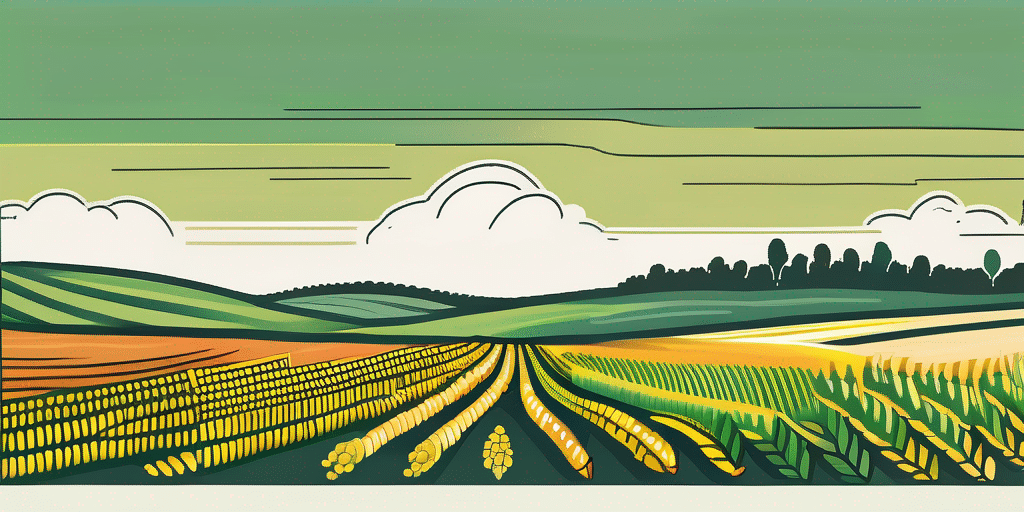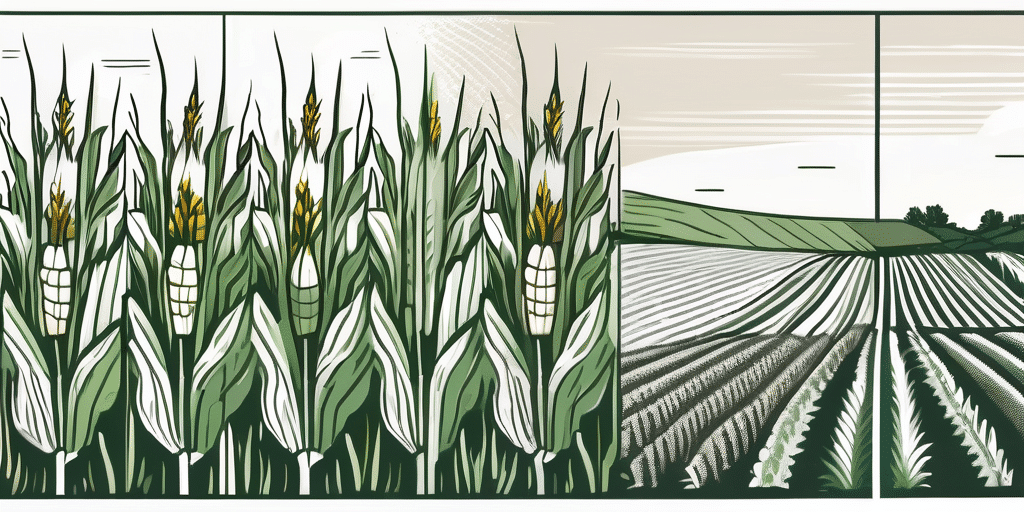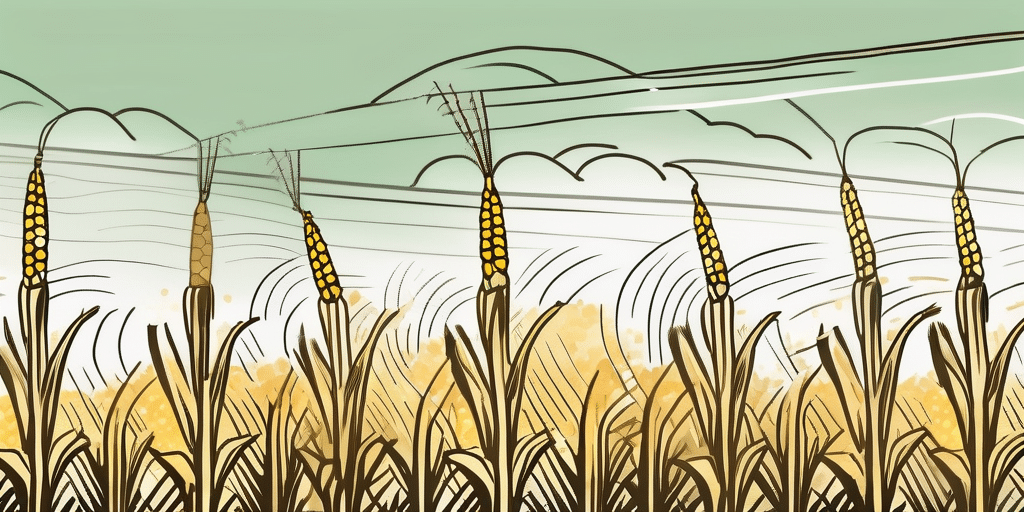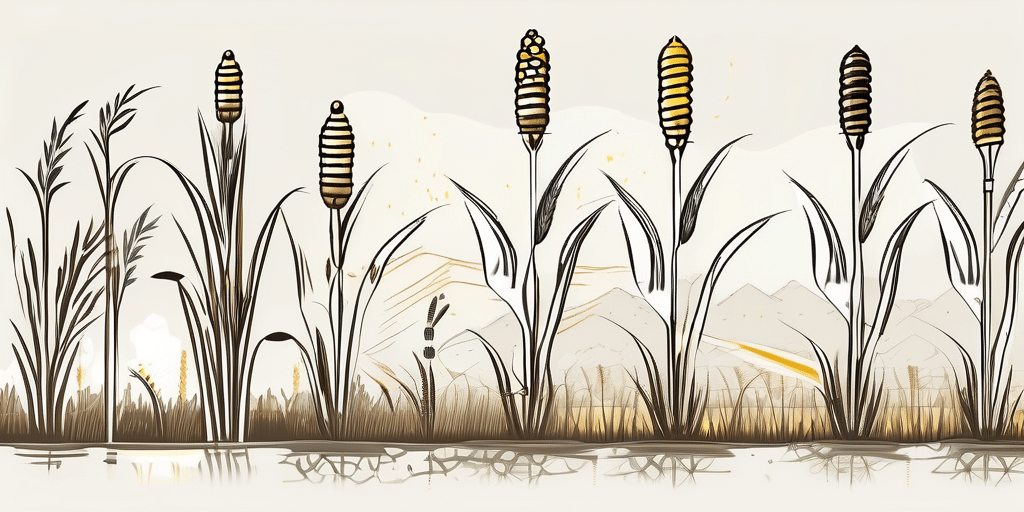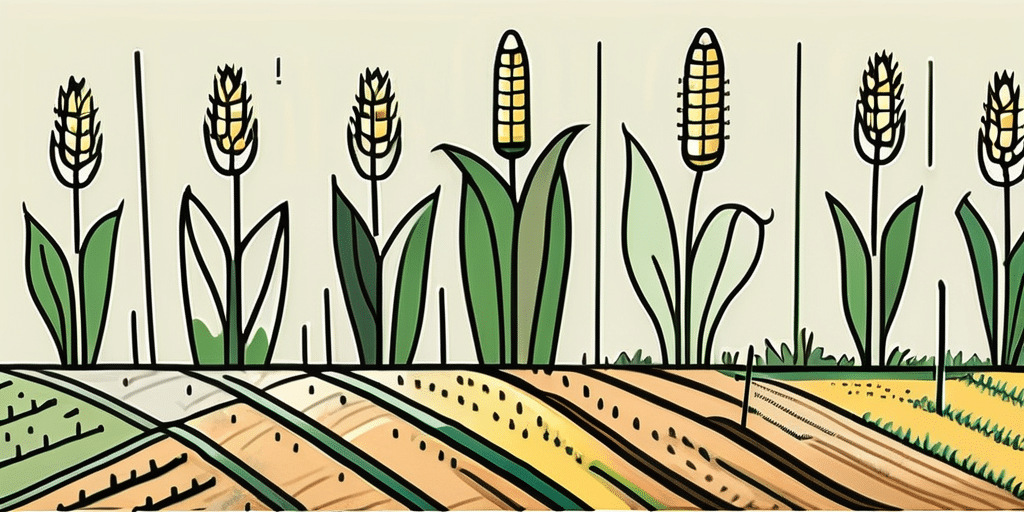Corn is a classic American crop that can be grown in many different regions, including New Hampshire. If you’re a corn enthusiast living in the “Granite State,” you may be wondering when the best time is to plant and how to grow Silver King corn. In this article, we will provide you with all the information you need to successfully cultivate this delicious variety in your New Hampshire garden.
Climate & Hardiness Zones in New Hampshire
New Hampshire is located in USDA Hardiness Zones 3-6, depending on the region. These hardiness zones are determined by the average annual minimum temperatures and indicate the coldest temperatures a specific area can expect. Understanding your hardiness zone is essential for successful gardening, as it helps you choose plants that can withstand the local climate.
To find out your specific hardiness zone, consult the USDA’s Plant Hardiness Zone Map or contact your local agricultural extension office.
New Hampshire experiences a diverse climate due to its varying topography and proximity to the Atlantic Ocean. The state has cold, snowy winters and warm, humid summers. The northern regions of New Hampshire typically have cooler temperatures compared to the southern parts, with the White Mountains region being known for its harsh winters and heavy snowfall.
Despite the overall cooler climate, New Hampshire’s summers can sometimes see heatwaves, especially in the southern areas. This fluctuation in temperatures throughout the year can pose challenges for gardeners, requiring them to select plants that can adapt to a wide range of conditions.
When to Plant Silver King Corn in New Hampshire
Timing is crucial when it comes to planting Silver King corn in New Hampshire. This variety thrives in warm soil, so it’s important to wait until all danger of frost has passed and the soil temperature has reached at least 50°F (10°C). In New Hampshire, this typically occurs in late May or early June, depending on your location.
Before planting, prepare the soil by removing any weeds and incorporating compost or well-rotted manure to improve fertility. Corn is a heavy feeder, so providing it with nutrient-rich soil will promote healthy growth.
When selecting a site for planting Silver King corn, consider the wind patterns in your area. Corn plants can be easily damaged by strong winds, so choosing a location that is sheltered from prevailing winds can help protect your crop. Additionally, ensure that the chosen spot has good drainage to prevent waterlogging, which can lead to root rot.
Step-by-step instructions for planting Silver King Corn:
- Choose a sunny location in your garden that receives at least six hours of direct sunlight each day.
- Make rows that are 30-36 inches apart, allowing enough space for the corn plants to grow.
- For best pollination, plant the corn in blocks or multiple rows instead of a single row.
- Sow the corn seeds about 1 inch deep and 4-6 inches apart in the row.
- Water the soil thoroughly after planting to ensure good seed-to-soil contact.
It’s also important to consider providing support for your corn plants, especially if you experience strong winds in your area. Staking or using trellises can help prevent your corn stalks from lodging or collapsing.
After planting, monitor the moisture levels in the soil regularly. Corn plants require consistent watering, especially during the critical stages of tasseling and silking. Mulching around the base of the plants can help retain soil moisture and suppress weed growth, ensuring that your Silver King corn crop thrives.
When to Harvest or Pick Silver King Corn in New Hampshire
The harvest time for Silver King corn in New Hampshire usually falls in late July to early August, approximately 90-100 days after planting. However, harvesting corn at the right stage of maturity is crucial for the best flavor and texture.
To determine if your corn is ready for harvest, look for these signs:
Signs of ripe Silver King corn:
- The silks on the ears have turned brown and are dry.
- The kernels are plump and well-filled, with a milky consistency when punctured.
- The husks are dark green and tightly wrapped around the ears.
When you’re ready to harvest, grasp the ear firmly and twist it downward to detach it from the stalk. Be careful not to damage the plant or neighboring ears while harvesting.
Frequently Asked Questions
Q: Can I start Silver King corn indoors before transplanting it into my garden?
A: While it’s possible to start Silver King corn indoors, it is generally not recommended. Corn plants have sensitive roots that can be easily disturbed during transplantation. Direct sowing in the garden is the preferred method for growing corn.
Q: Can I save seeds from my Silver King corn for planting next year?
A: Yes, you can save seeds from your Silver King corn, but keep in mind that corn is wind-pollinated, which means there is a potential for cross-pollination with other corn varieties. To maintain the purity of Silver King corn, it is best to isolate it from other corn varieties by either growing only one variety per season or providing a physical barrier, such as a distance of 600 feet between varieties or planting at different times.
Q: How should I store my harvested Silver King corn?
A: For the best flavor and sweetness, it’s recommended to eat fresh corn on the same day it is harvested. However, if you have more corn than you can consume immediately, you can store it in the refrigerator for a short period. To maintain its sweetness, leave the husks on and store the ears in a plastic bag. Consume within 3-5 days for optimal flavor. Alternatively, you can blanch and freeze the kernels for longer-term storage.
Now that you have all the information you need, it’s time to get your hands dirty and start planting Silver King corn in your New Hampshire garden. With proper care and attention, you’ll soon be enjoying the sweet and tender taste of homegrown corn straight from your backyard.
Did you know that Silver King corn is a hybrid variety that was developed to have a high sugar content? This makes it exceptionally sweet and delicious, perfect for enjoying on its own or in a variety of dishes. Its plump and well-filled kernels burst with flavor when cooked, providing a delightful crunch with every bite.
When it comes to growing Silver King corn, it’s important to provide the right conditions for optimal growth. Corn plants thrive in full sun, so make sure to choose a location in your garden that receives at least 6-8 hours of direct sunlight each day. Additionally, corn requires well-draining soil with a pH level between 6 and 7.5. If your soil is too acidic, you can amend it with lime to bring it to the desired pH level.
Join How to Grow Everything for More Green Thumb Secrets!
Ready to transform your New Hampshire garden into a bountiful paradise with Silver King corn and more? Subscribe for free to How to Grow Everything and learn how to build the garden of your dreams! Receive personalized gardening advice tailored to your grow zone, experience level, and interests. Our family is committed to helping you grow everything successfully with the best gardening tips, special offers, and deals—all 100% free and delivered straight to your inbox. No spam, just pure gardening gold. Subscribe now and join a community passionate about gardening, from our family to yours.

